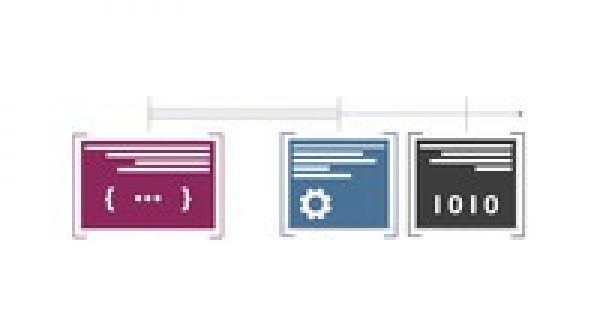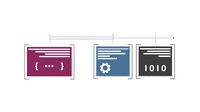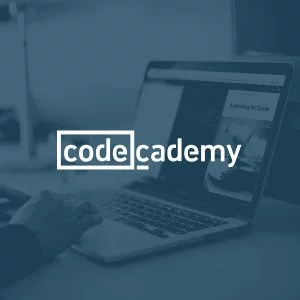
Course overview
How programming languages work under the hood? What’s the difference between compiler and interpreter? What is a virtual machine, and JIT–compiler? And what about the difference between functional and imperative programming?
There are so many questions when it comes to implementing a programming language!
The problem with “compiler classes” in school is such classes are usually presented as some “hardcore rocket science” which is only for advanced engineers.
Moreover, classic compiler books start from the least significant topic, such as Lexical analysis, going straight down to the theoretical aspects of formal grammars. And by the time of implementing the first Tokenizer module, students simply lose an interest to the topic, not having a chance to actually start implementing a programing language itself. And all this is spread to a whole semester of messing with tokenizers and BNF grammars, without understanding an actual semantics of programming languages.
I believe we should be able to build and understand a full programming language semantics, end–to–end, in 4–6 hours — with a content going straight to the point, showed in live coding sessions as pair–programming and described in a comprehensible way.
In the Building a Virtual Machine class we focus specifically on runtime semantics, and build a stack–based VM for a programming language very similar to JavaScript or Python. Working closely with the bytecode level you will understand how lower–level interpretation works in production VMs today.
Specification: Building a Virtual Machine for Programming Language
|
User Reviews
Be the first to review “Building a Virtual Machine for Programming Language” Cancel reply
This site uses Akismet to reduce spam. Learn how your comment data is processed.

| Price | $64.99 |
|---|---|
| Provider | |
| Duration | 4.5 hours |
| Year | 2021 |
| Level | Intermediate |
| Language | English ... |
| Certificate | Yes |
| Quizzes | No |

$64.99






There are no reviews yet.